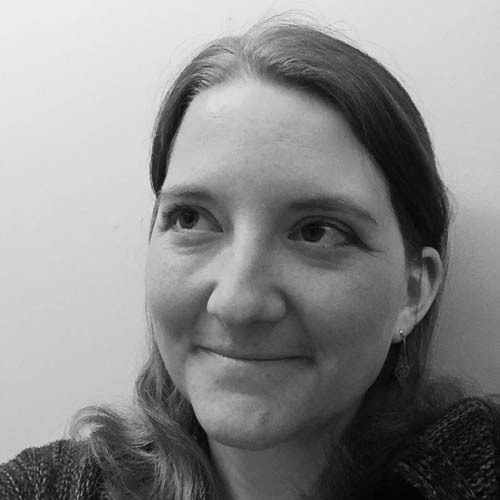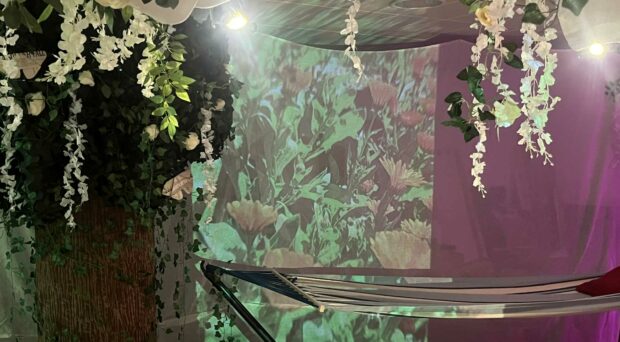Here at the Fitzwilliam Museum, we want to inspire young artists by giving them access to our incredible collections and a wide range of high quality creative materials. Here we used digital tools alongside more traditional resources to help very young children explore and create their own art.
Following on from our collaborative projects with the UCM Digital Maker in Residence, we wanted to build on some of the skills we had learnt to introduce digital art making to younger children and babies. We ran two sessions, one for babies (0-2 years) and another for older preschoolers (2-5 years) with their adults. We wanted to offer a new way for families with very young children to respond to our collections.
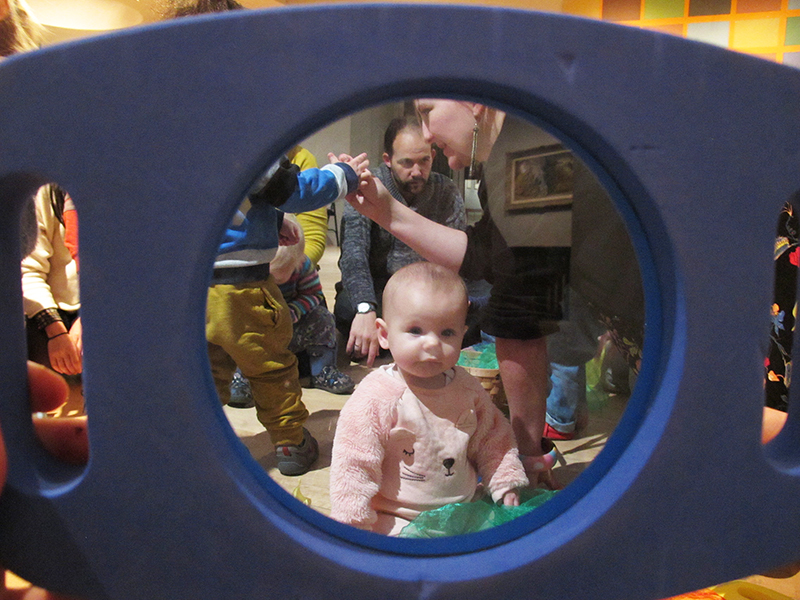
Young children and their carers worked with members of the museum education team to explore the Twentieth Century Gallery through sensory play resources, picture books, singing and a story created specially for the event. Families then used the Seminar Room and Education Studio to get creative using colour and light. Activities included:
- Making electrical circuits incorporating conductive playdough
- Exploring translucent materials using projectors
- Colourful torches and swirling light toys
- Creating tiny animations using loose parts play and the Stikbot app
All of this took lots of careful planning as we knew that children and adults would be likely to come to the workshops with a wide variety of skills, previous experience, and expectations around digital creativity. We wanted to create an environment in which all families felt confident and inspired to try something new, which was why we included such a range of different types of activities.
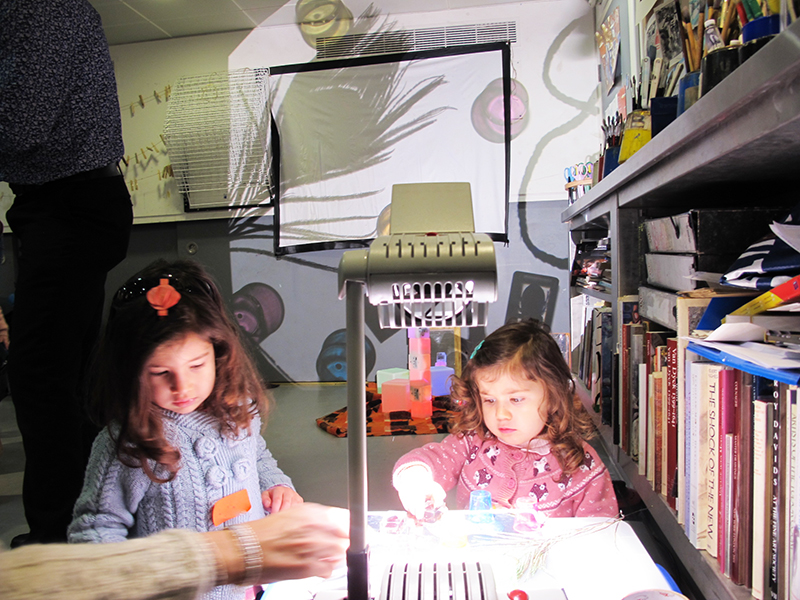
One parent commented:
“[We gained] ideas for activities at home. Creating a great dialogue about the experience with my child. Creating cherished memories we can share.”
Families told us that they enjoyed the way the story helped them to look at the objects in the Twentieth Century Gallery, and they were excited about the opportunities to create digital art. The workshop session for babies was all about creating an immersive environment, in which all the children, adults and materials came together to produce transient art that changed from moment to moment. As fabrics and objects were moved around on the projectors, the colours and patterns on the walls and ceiling changed, and as people moved around the room, their bodies became part of these artworks too. Many of the families seemed to find the experience both stimulating, as there was constantly something new to interact with, and calming, as the children and adults were able to tune into each other through the activity. Lots of people chose to stay for a long time after the session had ended, soaking up the atmosphere!
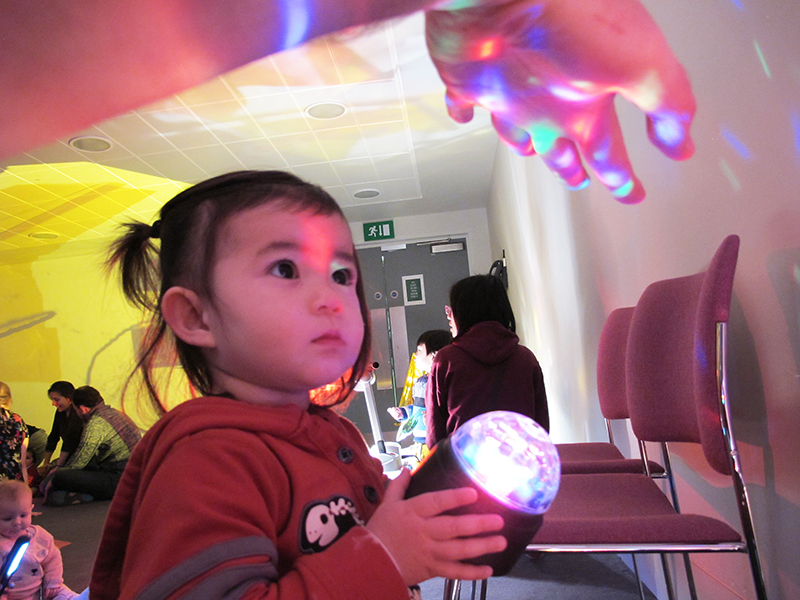
“Both my baby and myself enjoyed the time in both the gallery and the seminar room engaging in different kinds of activities. My baby was very amused by the colourful objects and projections in the seminar room and I felt great seeing him walking around exploring the room. It was wonderful to have a chance to bring a young child to the gallery to play with other young children, too.”
The activities for the older preschoolers also needed lots of interaction between children, adults and the materials: as with all creative processes there is a need for a degree of patience and resilience when things don’t work out the first time! It was great to see children and adults supporting each other to keep trying when bulbs failed to light, or the iPods didn’t take photographs as easily as they might have done! The range of choices meant that adults could be sensitive to their children’s interests and ways of interacting: some became very deeply engrossed in one particular activity while others wanted to have a go at everything: both are valid approaches for young (and older!) artists and scientists!

“My daughter and I were both exploring new things together.”
We’re looking forward to running adapted versions of this workshop for visiting nurseries and preschools over the Summer Term.
If you want to know more about digital creativity and literacy in the early years have a look at the makEY project website. The site contains lots of practical ideas and suggestions for creating makerspaces with young children and includes resources to help you set up your own activiites.
If you want to know more about digital learning at the Fitzwilliam Museum, please contact kjr21@cam.ac.uk.
If you’d like to get in touch about our Early Years programme more generally, please contact nlw30@cam.ac.uk

